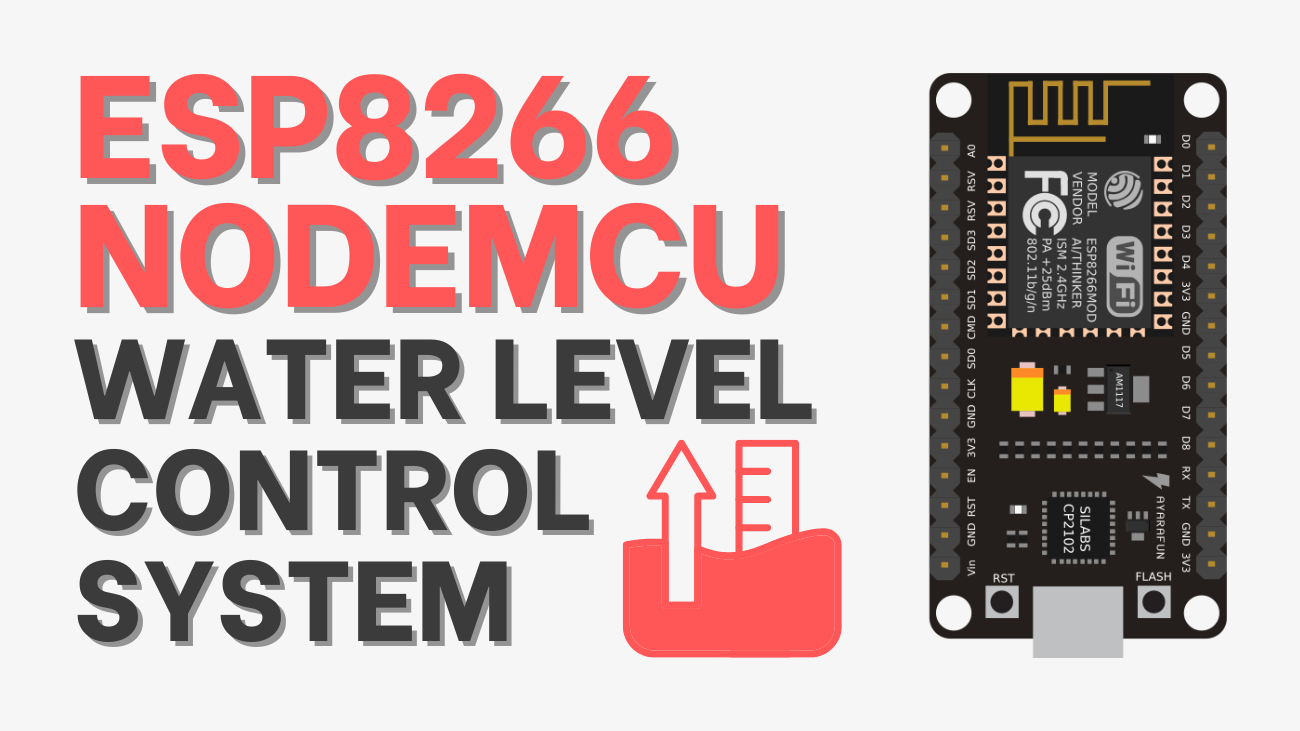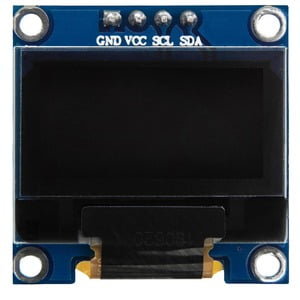
A smart, automated method for managing and maintaining water levels in many applications, such as tanks, reservoirs, and swimming pools, is an Internet of Things (IoT) water level management system. These systems gather and analyze data via IoT devices, sensors, and cloud-based platforms. This data is used to provide real-time monitoring of water levels, optimize water consumption, and prevent waste.
This project effectively handles the problem of water wastage and maintains optimal water levels. The system manages all electronic components and conducts actions depending on the WiFi network connection using the ESP8266 WiFi Module as the principal controller. Water levels are measured via the JSN-SR04T ultrasonic sensor, which is positioned at the top of the tank. These water levels are shown on a 0.96′′ I2C OLED panel for simple monitoring.
The device may operate in either manual or automated mode, with a relay in the circuit controlling the on/off status of the water pump. The Blynk application allows users to observe and manage the water level and mode control functions, guaranteeing effective water usage and conservation.
Parts List
You will need the following items to proceed with this project:
- ESP8266
JSN-SR04T Ultrasonic Sensor
0.96″ I2C OLED Display
Hi-Link 220V AC to 5V DC Converter
5V Relay Module
Push Button Switch
AC Water Pump
Pipes 2 meters or more
Zero PCB Board
The ESP8266 NodeMCU WiFi Module serves as the primary controller in this project. The ultrasonic sensor HC-SR04 may be used to detect the tank's water level. However, the JSN-SR04T Waterproof Ultrasonic Sensor is a better choice in this instance.

The JSN-SR04T is a waterproof variant of the famous HC-SR04 ultrasonic distance sensor. It is intended for use in tougher environments where water or moisture may be present. The module determines the distance to an item using ultrasonic sound waves by producing a sound wave and then measuring the time it takes for the echo to return.
A 0.96′′ SSD1306 OLED display may be used to display the water level. The SSD1306 0.96′′ OLED Display is a popular and small display module that is used in a variety of DIY electronics projects. It is built around the SSD1306 driver chip, which is intended to power monochrome OLED displays.

The display has a resolution of 128×64 pixels and produces a sharp, high-contrast image, making it suitable for showing text, graphics, and icons, among other things. Typically, the module interacts using the I2C (Inter-Integrated Circuit) protocol with microcontrollers such as the Arduino, ESP8266, or Raspberry Pi.
Read the full article:
Build a Water Level Control System Using ESP8266 NodeMCU